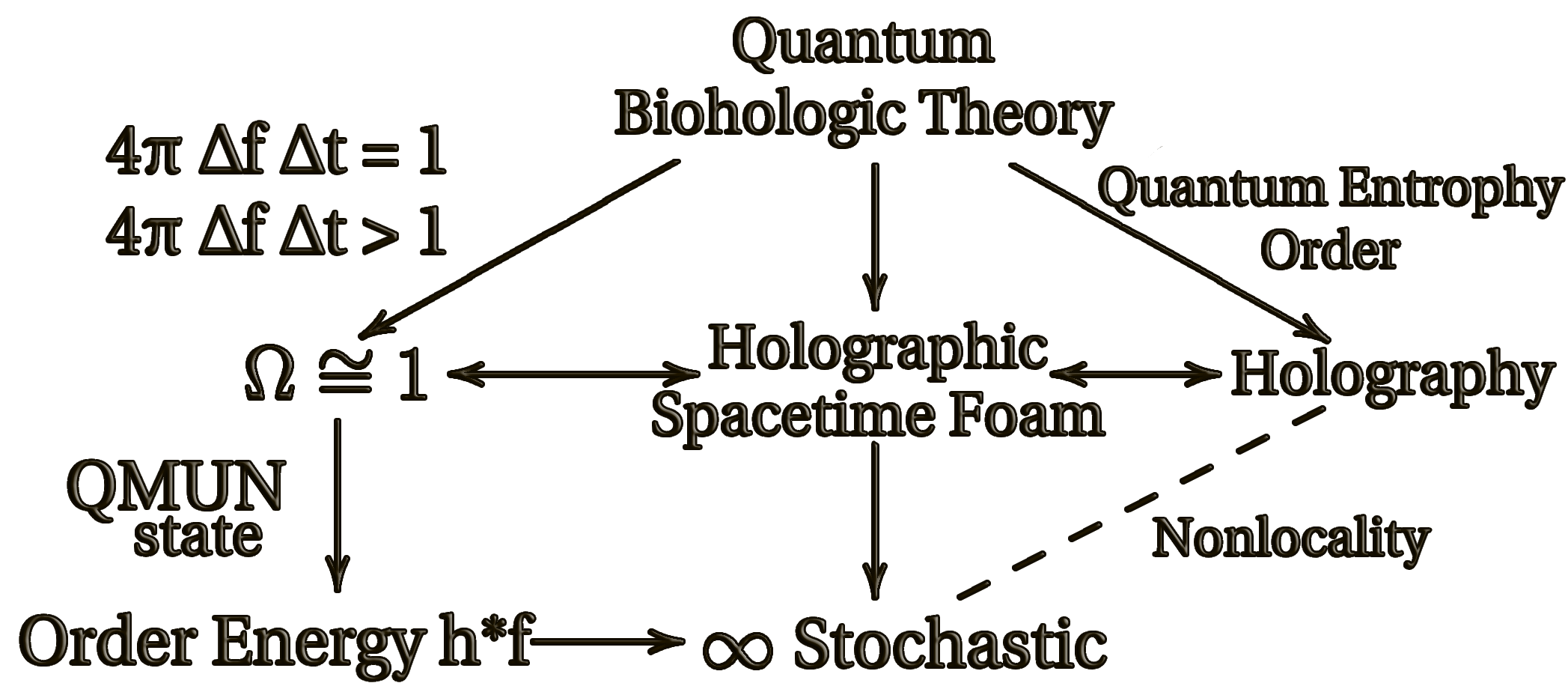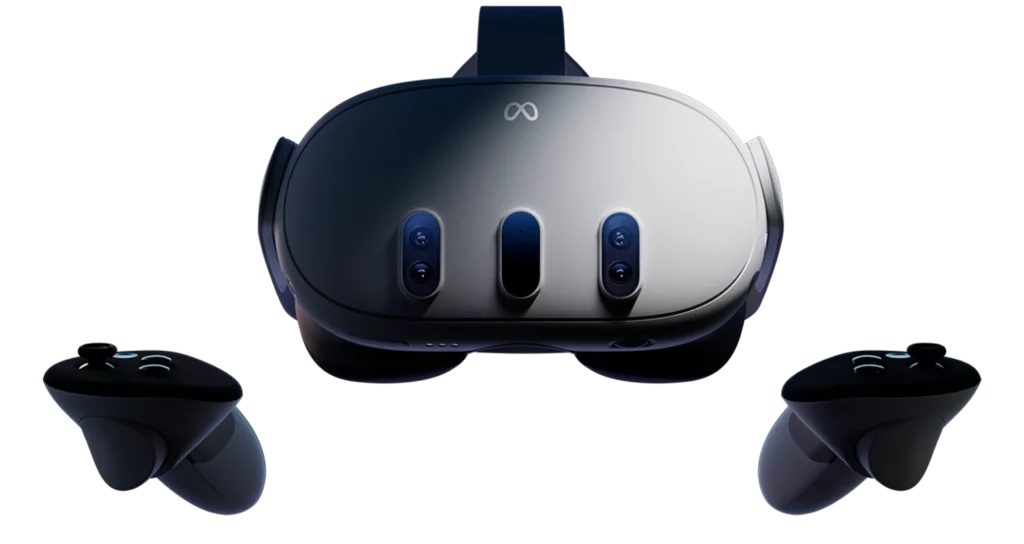Biohology by Doktor Habdank


Holo DARQ ~ Brain neuronal system, VR view
Holo DARQ ~ Gut neuronal system, VR view
Hether Gold Coins ~ rendered for VR
Holoneurotherapy, also known as holographic neurotherapy, is an innovative therapeutic method that combines holographic displays and extended reality technologies with neurotherapy techniques to enhance the quality, immersiveness, and information content of visual stimuli during neurotherapy sessions. This cutting-edge approach aims to improve the effectiveness of neurotherapy by leveraging the capabilities of holography and extended reality to engage the brain in new and dynamic ways.
One aspect of holoneurotherapy is “Holo Biofeedback,” which involves biofeedback with a holographic display to increase the intensity of sensory transmission and promote concentration, particularly in children with conditions like ADHD or children aged 3-5 years old, where attention deficits can lead to school failure.
Instead of traditional 2D movies and games used for stimulating mental activity, Holo Biofeedback employs 3D holographic materials to engage the brain and improve its current state. These holographic visualizations are created from data obtained from brain scanners such as NMR (Nuclear Magnetic Resonance), MEG (Magnetoencephalography), and fNIRS (functional Near-Infrared Spectroscopy). The rapidly developing science of data reconstruction allows for the creation of accurate and dynamic 3D representations of brain activity.
Furthermore, the therapy includes the use of predictive holo diagnostic data through deep learning algorithms based on quantum algorithms and blockchain technology. The large volumes of diagnostic medicine data can be securely managed and stored using blockchain technology, creating a decentralized ecosystem of personal data akin to a digital biobank and personalized medicine platform. This data is made accessible to both doctors for examining and monitoring patients’ health and to patients themselves, who have full control over their data’s privacy settings.
Quantum-inspired deep learning algorithms play a crucial role in converting the abundant diagnostic data into powerful sources for predictive analytics. These algorithms utilize time-data relationship combination values to provide valuable insights into disease states and potential treatment options.
The data optimized for deep learning algorithms inspired by quantum algorithms is displayed as holographic visualizations, enabling a highly immersive and interactive therapeutic experience. Various measurements, such as blood tests, urine tests, Holo MRI, Holo NMR, MEG, Holo fNIRS, Holo EEG, Holo ECG, genome, transcriptome, microbiome, and their combinations, provide significant value in understanding certain disease states. Data can be classified into dynamic 4D, reflecting the organism’s state at the time of sampling and containing rapidly and gradually changing data, and static 3D, which remains mostly unchanged during the patient’s life, such as the genome and fingerprint.
In summary, holoneurotherapy, incorporating Holo Biofeedback and advanced technologies like quantum-inspired deep learning algorithms and blockchain-based data management, offers a highly personalized and immersive therapeutic experience. By leveraging holographic visualizations and extended reality, this therapeutic method aims to optimize brain function, promote neuroplasticity, and address various neurological conditions with a focus on enhancing attention and cognitive abilities in children and individuals with attention deficits.
